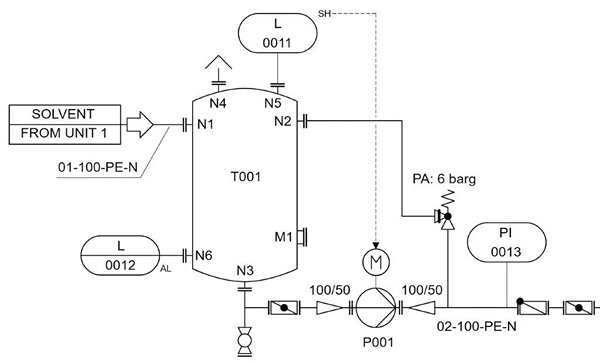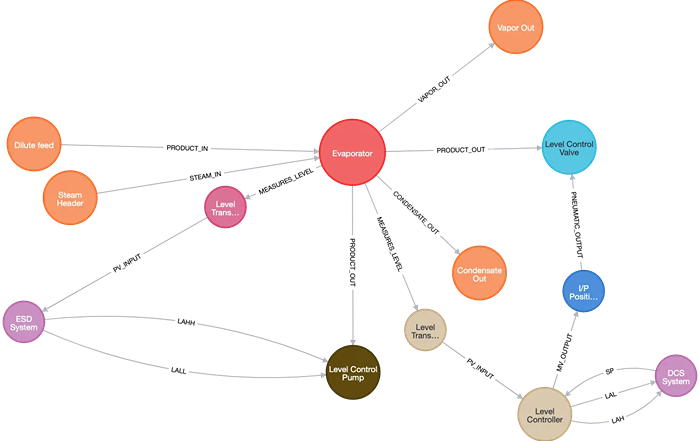Signs of Trouble: Exploring the Observability of Failures in System Behavior
- Forschungsthema:Designing methods to identify fault symptoms using system connectivity and instrumentation
- Typ:Mastersthesis
- Datum:ASAP
- Betreuung:
- Links:Tender
-
Development of methods to identify fault symptoms in process systems using system connectivity and instrumentation, focusing on graph-based modeling of P&IDs.
MOTIVATION:
In modern process industries, the ability to detect and interpret faults quickly
is essential for safe and efficient plant operation. Control room operators rely
heavily on sensor readings and visual cues to identify the source of problems.
For training systems that aim to realistically simulate such fault scenarios, it
is important to understand how failures manifest as observable “symptoms”
in the system. This thesis explores whether such symptoms can be derived
purely from the structural layout and equipment types of a plant — without
relying on historical data or complex simulations.
GOALS:
This thesis investigates how failures in process systems, such as a stuck valve or
a pump malfunction, can be linked to observable symptoms in sensor data. The
focus lies on exploring whether such symptoms can be derived from structural
information of a process system, modeled as a graph that reflects instrumen-
tation and connectivity typically found in P&IDs.
Key tasks include:
- Reviewing literature on fault modeling, symptom inference, and graph-based representations of process systems.
- Exploring and comparing different approaches (e.g., rule-based, AI-supported) for identifying symptom locations based on system structure.
- Designing and implementing a prototype to validate the developed meth-ods using selected fault scenarios (e.g. through lab experiments or a simplified simulation model)
HELPFUL PRIOR KNOWLEDGE:
- Interest in automation systems, fault diagnosis, and process engineering
- Curiosity about AI methods or rule-based reasoning for technical problem-solving, as well as graph-based modelling
- Experience with programming or modeling environments (e.g., Python, Modelica) is beneficial
- Participation in courses such as Cyber-Physical Modeling



